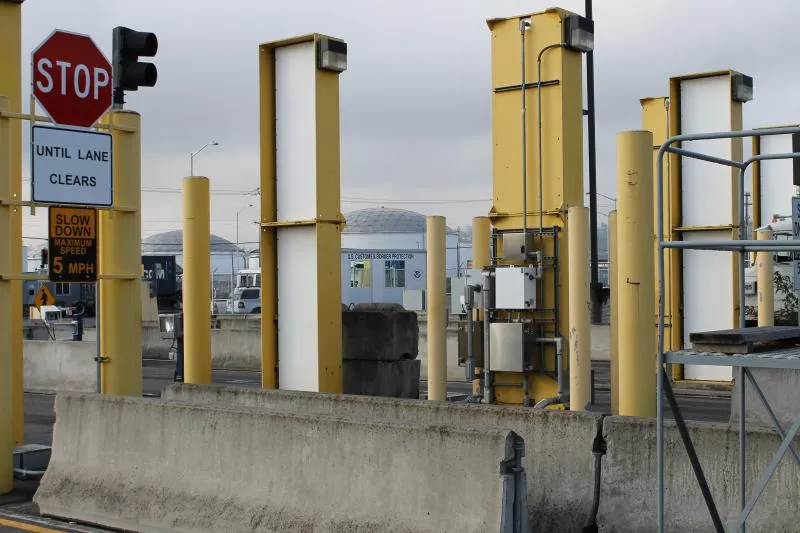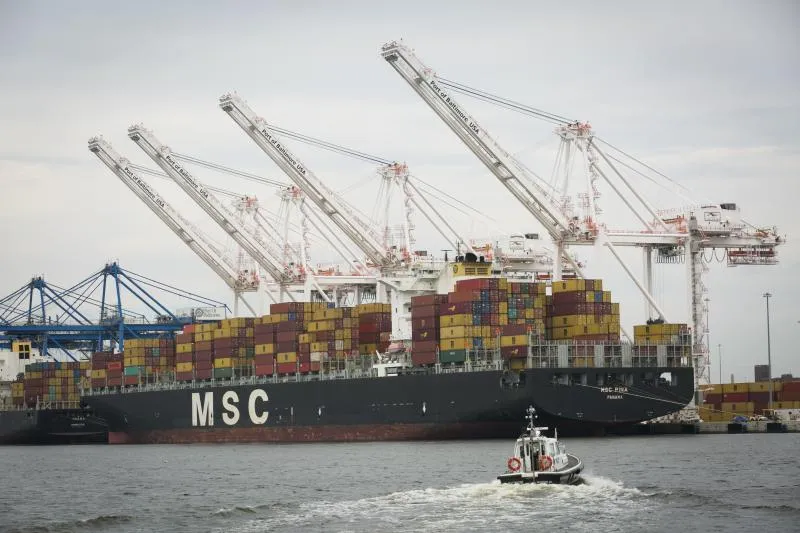Author: R. Gil Kerlikowske
October 13 marks the 10th anniversary of the SAFE Port Act. This landmark legislation was a major step forward in helping CBP achieve its mission of securing our ports and strengthening our nation’s supply chain security.

Since 90 percent of the world’s trade is transported in cargo containers, the SAFE Port Act has had far-reaching impact. First, the SAFE Port Act required all containerized cargo entering the United States to be screened for radiation. As a result, DHS established the Radiation Portal Monitor (RPM) Program. RPMs are passive radiation detection devices that can scan cargo containers and vehicles to detect illicit sources of radiation. More than a twelve-hundred RPMs are now deployed at our ports of entry, at express mail facilities, along our borders, and at certain foreign locations. Since the SAFE Port Act, RPMs have scanned approximately 67 million containers and conveyances for the presence of radiological material.
CBP, in coordination with the Domestic Nuclear Detection Office and Pacific Northwest National Laboratory, has optimized RPM technology to incorporate increased efficiencies and security. For example, we’ve analyzed the equipment’s settings and set the RPM thresholds to reduce alarm rates while improving performance. Now, our RPMs are more sensitive to weapons-grade radiological materials and less sensitive to “normal” or naturally-occurring sources of radiation. These sources can include items as innocuous as cat litter, bananas, certain types of fertilizers, and granite countertops. The recalibration have resulted in a 77 percent, average, decrease in “nuisance alarms” across sea and land ports of entry where the optimizations are deployed. That has freed up CBP officers to conduct other important security and trade facilitation duties, expediting the flow of lawful commerce coming into the United States.

The SAFE Port Act of 2006 also codified several important programs into law. One of these is the Customs-Trade Partnership Against Terrorism, or C-TPAT. Through this voluntary public-private sector partnership program, CBP can provide the highest level of cargo security thanks to close cooperation with the principle stakeholders of the international supply chain, such as importers, carriers, consolidators, licensed customs brokers, and manufacturers. Certified member companies enjoy expedited screening of their cargo. Launched in 2001 with only seven members, today C-TPAT has more than 11,000 members.
Another program covered by the 2006 SAFE Port Act is CBP’s Container Security Initiative (CSI). CBP has stationed teams of CBP officers in foreign seaports to work together with our host foreign government counterparts. Through CSI, CBP officers work with host customs administrations to establish security criteria for identifying high-risk containers. Those administrations use X-rays and radiation detection technology to screen high-risk containers before they are shipped to U.S. ports. CSI is operational in 60 ports and 35 countries, prescreening approximately 80 percent of all maritime containerized cargo imported into the United States.
Thanks to the SAFE Port Act of 2006, the security of our supply chain has never been more secure.

